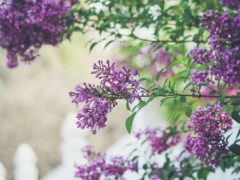
dwarf Korean lilac
Syringa meyeri 'Palibin'
A smaller-sized lilac with reddish purple buds opening to fragrant, pale lilac flowers. Blooms profusely … Continued
Drought-tolerant and drought-resistant plants may still need supplemental water from time to time, but they can survive periods of dryness without dying.
Drought-resistant plants like cactus, hens and chicks, and sedums can go for very long periods without water and do not tolerate poorly drained locations. Drought-resistant tropical plants grown indoors in winter like cactus, Sansevieria, Echeveria, and other succulents sometimes fail due to overwatering.
Drought-tolerant plants grow in many textures and sizes and have different adaptations that help them get through periods of drought:
The latter two types of plants are drought tolerant once established because any new planting, regardless of drought tolerance, needs to be watered during the first growing season to allow roots to reach the depths needed to access moisture during dry periods.
It’s also important to note that survival may not mean that the plant will look its best during this time. Watering weekly for a longer period of time will result in the best-looking gardens with the highest tolerance for drought. During the hottest, dryest times in summer, watering deeply twice a week is recommended. These less frequent waterings will encourage root systems to expand, making it easier for plants to access moisture when their environment is dry.
Winter drought has become a bigger problem in recent years as snowfall declines. Evergreen plants are especially vulnerable during winter drought because their foliage continues to shed moisture while dormant deciduous plants have shed their leaves and can conserve moisture in woody stems and underground. Watering shrubs and trees in winter on days when the temperature allows (above freezing) will help ensure their healthy return in spring.
Here are some drought-tolerant and drought-resistant plants to grow—

Syringa meyeri 'Palibin'
A smaller-sized lilac with reddish purple buds opening to fragrant, pale lilac flowers. Blooms profusely … Continued
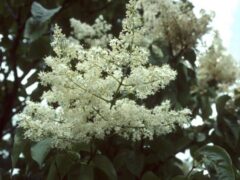
Syringa reticulata ‘Ivory Silk’
A small tree growing 20–25’ tall with a rounded crown. Creamy white, fragrant, single flowers … Continued
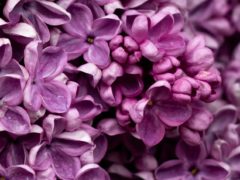
Syringa vulgaris
‘Sensation’ sports bicolor blooms of purple edged in white in early to mid-spring, and fill … Continued
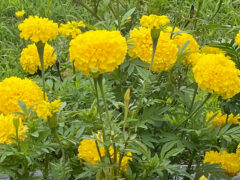
Tagetes erecta
Plants produce large double blooms that make excellent cut flower arrangements and look amazing in … Continued
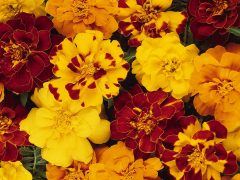
Tagetes hybrids
‘Bonanza’ mix is a French marigold with a mix of yellow, gold-red, and bicolor large, 2-2.5″ … Continued
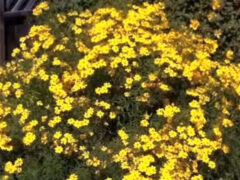
Tagetes lemmonii
Narrow, green, fine foliage has a strong citrus-like aroma. The sunny yellow blooms attract bees … Continued
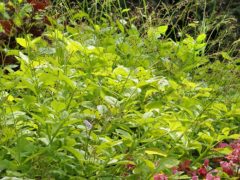
Talinum paniculatum ‘Kingwood Gold’
Related to portulaca with fleshy green leaves and topped in tall spires of delicate, wiry flower … Continued
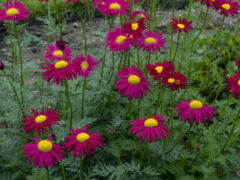
Tanacetum 'Robinson's Red'
Scarlet-red daisy petals measure 2.5″ wide and surround a bright yellow center. Fine ferny foliage … Continued
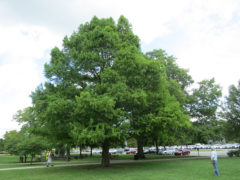
Taxodium distichum
In its native swamp habitat, bald cypress raises conical “knees” from its roots to access … Continued
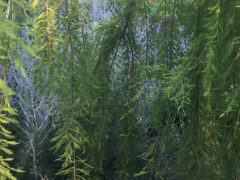
Taxodium distichum 'Cascade Falls'
Deciduous conifer with a weeping habit off a central leader and narrow bright green leaves … Continued

Taxus x media
Add some midcentury evergreen flair as the backbone of your landscape. Fitting into the natural … Continued
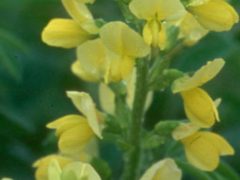
Thermopsis lanceolata
12-18″ spikes of yellow flowers that resemble a lupine or snapdragon. A heat-loving plant native … Continued